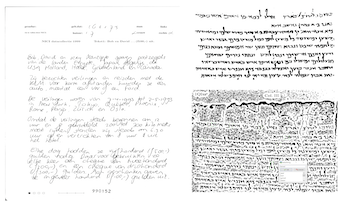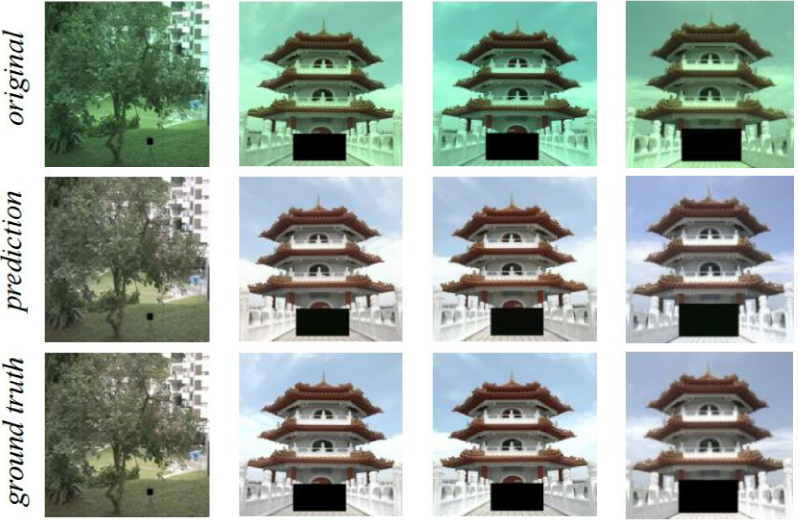
The 1QIsaa Scroll, one of the most significant manuscripts among the Dead Sea Scrolls, has long been the focus of debate over whether it was produced by a single hand or multiple scribes. In this study, we introduce a column-based writer-identification framework that combines unsupervised clustering, character-level verification, and cross-dataset evaluation, without assuming any fixed number of scribes. Benchmarking our hinge–feature–based approach against the widely recognized FIREMAKER dataset reveals its strengths and weaknesses. This exploratory analysis not only offers fresh insights into 1QIsaa’s scribal attribution but also underscores the need for richer or complementary features in future digital paleographic research.

This study presents a novel character-level writer verification framework for ancient manuscripts, employing a building-block approach that integrates decision strategies across multiple token levels, including characters, words, and sentences. The proposed system utilized edge-directional and hinge features along with machine learning techniques to verify the hands that wrote the Great Isaiah Scroll. A custom dataset containing over 12,000 samples of handwritten characters from the associated scribes was used for training and testing. The framework incorporated character-specific parameter tuning, resulting in 22 separate models and demonstrated that each character has distinct features that enhance system performance. Evaluation was conducted through soft voting, comparing probability scores across different token levels, and contrasting the results with majority voting. This approach provides a detailed method for multi-scribe verification, bridging computational and paleographic methods for historical manuscript studies.

This study presents a novel character-level writer verification framework for ancient manuscripts, employing a building-block approach that integrates decision strategies across multiple token levels, including characters, words, and sentences. The proposed system utilized edge-directional and hinge features along with machine learning techniques to verify the hands that wrote the Great Isaiah Scroll. A custom dataset containing over 12,000 samples of handwritten characters from the associated scribes was used for training and testing. The framework incorporated character-specific parameter tuning, resulting in 22 separate models and demonstrated that each character has distinct features that enhance system performance. Evaluation was conducted through soft voting, comparing probability scores across different token levels, and contrasting the results with majority voting. This approach provides a detailed method for multi-scribe verification, bridging computational and paleographic methods for historical manuscript studies.